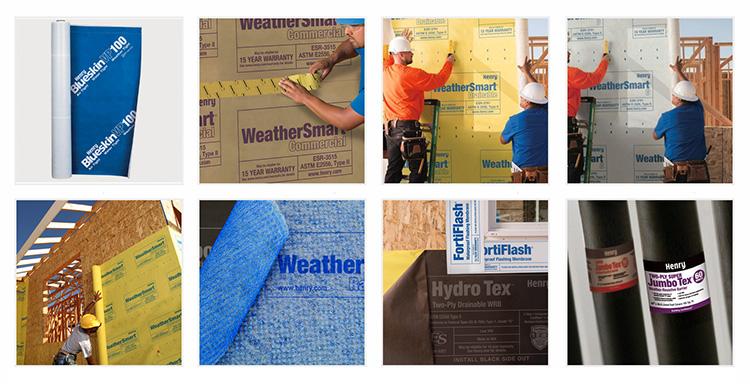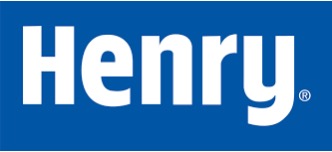
Weather-resistive barriers (WRB) are the anchors of weatherization systems. Also known as a water-resistant barrier, it protects the walls of a structure from water that penetrates the cladding. Exterior cladding (siding, stucco, etc.) will never be 100% impermeable, so the role of the WRB is to provide a second layer of protection that keeps the wall assembly dry and free from moisture damage once water finds its way through. When selecting a WRB for your project it is important to consider the application method and performance characteristics.
APPLICATION METHODS
Common types of WRB for residential, multifamily and light commercial structures:
- Asphalt-saturated kraft paper—an excellent substrate in dryer climates and under masonry and stucco
- Woven polymeric housewraps—plastic wraps woven in two directions and coated with a waterproof film. Often these are micro-perforated to allow vapor to escape. These meet code requirements in many areas of the country.
- Spun bonded, non-woven housewraps—a technically advanced barrier that keeps bulk water out, while allowing the structure to “breathe.”
- Integrated structural panel with weatherization—An all-in-one weatherized panel with an affixed weather barrier. Joints must be taped thoroughly to complete the weatherization envelope.
- Self-adhered weather barrier—Repels water and reduces air leakage to promote energy efficiency. Typically, this type of WRB self-seals around nails for an added advantage.
- Fluid applied—A WRB that is sprayed or rolled on, offering continuous coverage and energy efficiency. Many self-seal around nails.
PERFORMANCE CHARACTERISTICS
In addition to application method, WRB’s may be selected based on performance characteristics best suited to climate or cladding. Considerations include:
- Drainage efficiency—In wet areas, additional drainage capabilities may be required. WRB’s that offer high drainage performance generally have some type of embossed or textured face, enabling water to drain away more efficiently.
- Surfactant resistance—Wood siding may leach a chemical surfactant that can cause water to penetrate some WRB’s. Power washing with certain detergents and cleaning solutions containing surfactants may also get behind cladding, producing the same harmful impact.
- UV resistance—Some WRB’s offer extended resistance to UV rays from the sun. This is an important consideration for larger projects in which the WRB will be exposed for a longer period of time before being covered with cladding.
- Stucco and masonry—Building code requires two layers of WRB behind these types of claddings. Asphalt-saturated kraft paper is a good choice for the “sacrificial layer” that is adjacent to the stucco/mortar. Even if some of the stucco sticks to this layer, the second layer will act as a WRB and allow the structure to dry.
- Vapor Permeability—Weather-resistive barriers can be either vapor permeable or vapor impermeable. In most climate zones, residential buildings typically use a vapor-permeable weather-resistive barrier.

Choosing the right weather-resistive barrier is critically important to the effectiveness of any building envelope system. Understanding the key differences between weather-resistive barriers will help ensure you make the best decision for your next project. To shop WRB online, click here.

This is an adaptation of an article from Henry. For more information about WRB products from Henry, click here.
Click the links below for additional reading about WRBs: